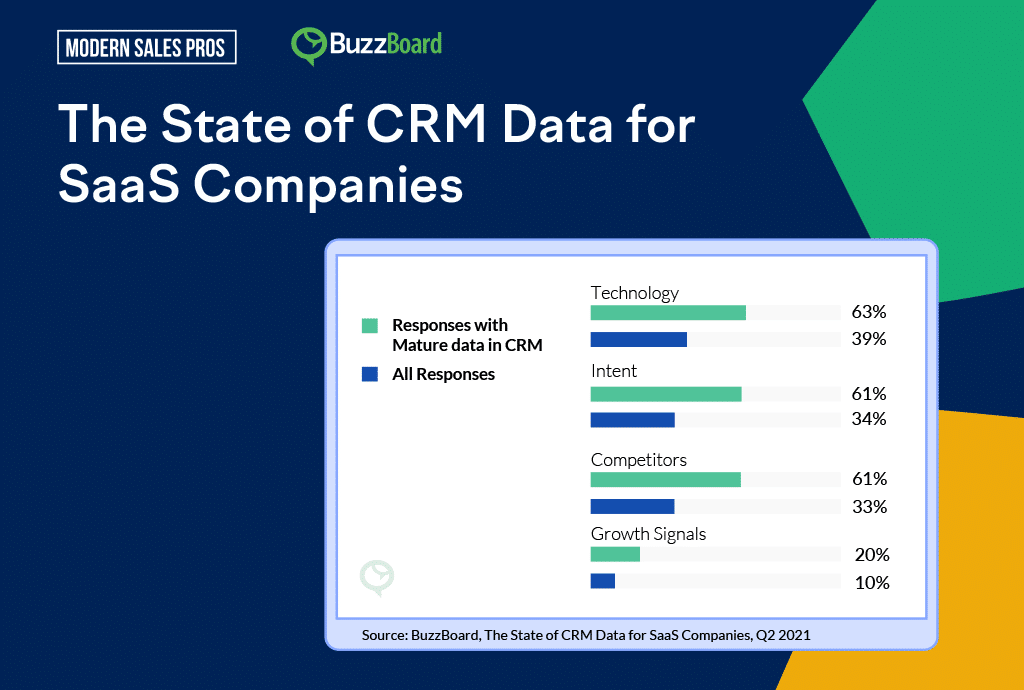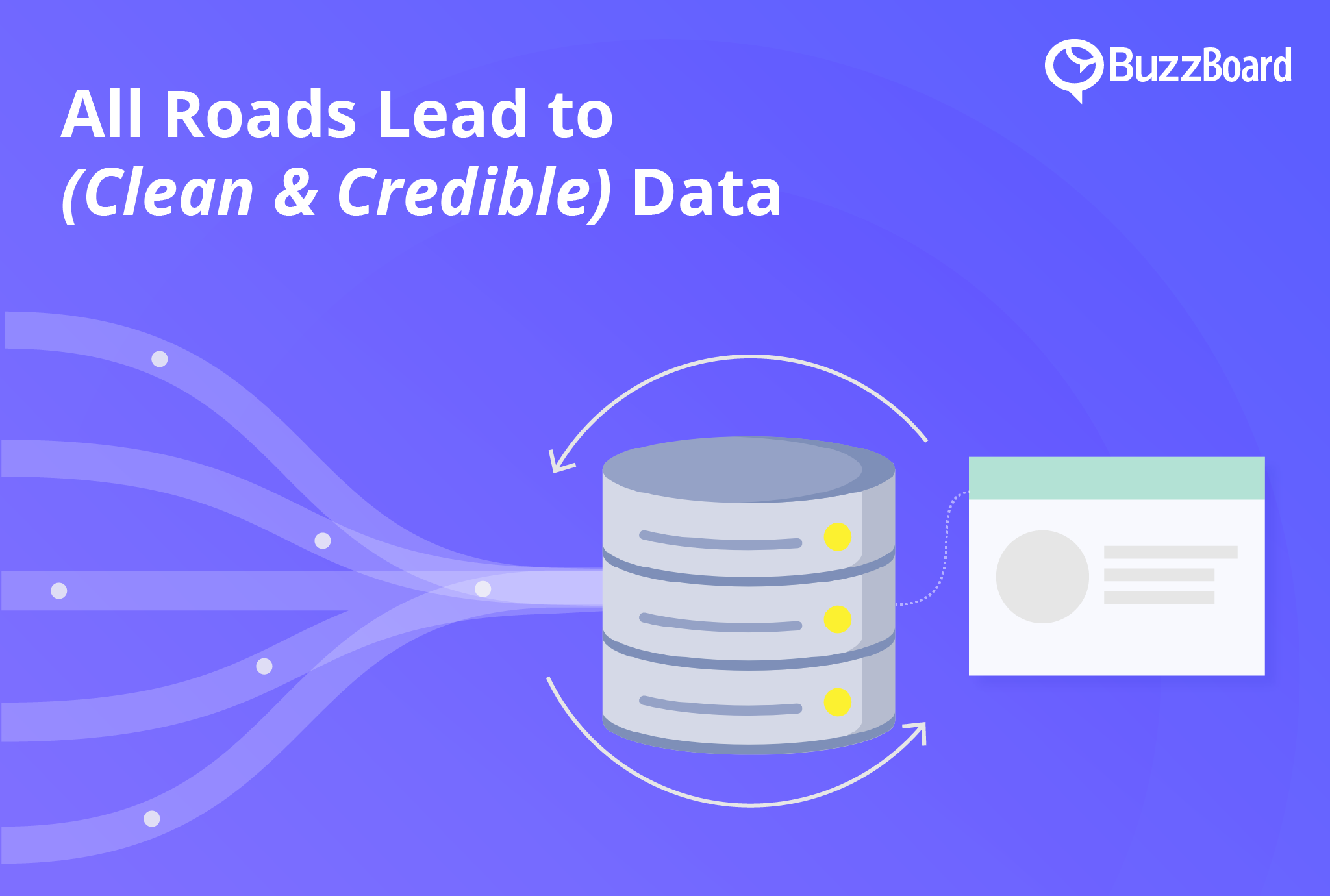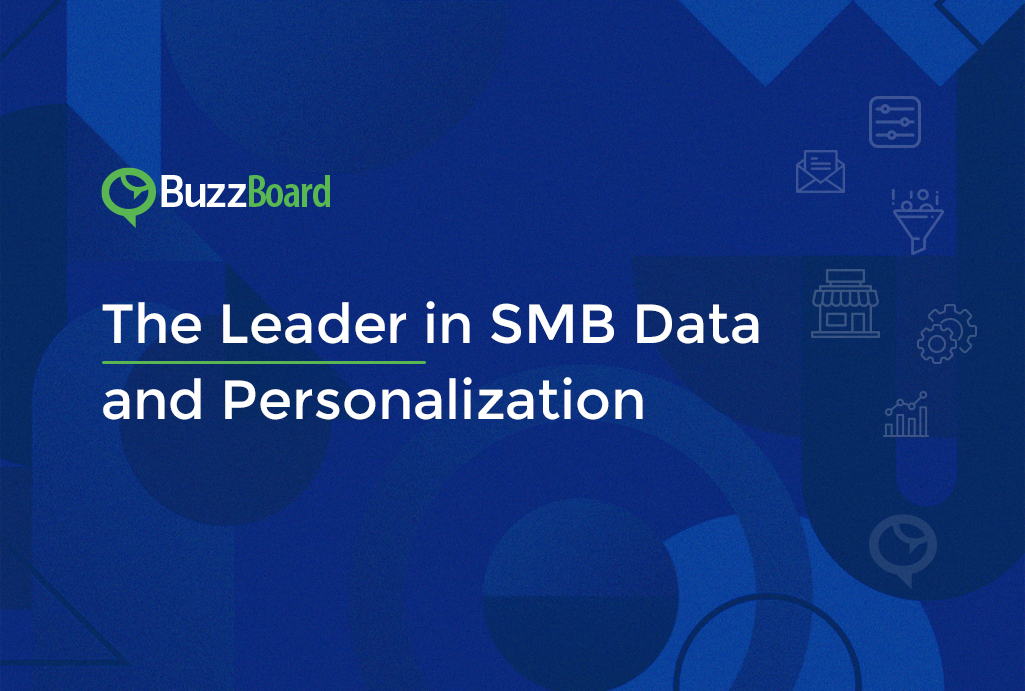According to McKinsey, personalization will be the prime driver of marketing success within five years. The rapid growth of digital transformation and advances in technology, data, and analytics are empowering marketers to create much more personal and human experiences across moments, channels, and buying stages.
While these opportunities to create personalized, omnichannel buying experiences at scale seem exciting, 95% of revenue leaders in SaaS organizations from our most recent survey aren’t confident. And they aren’t alone. In fact, a recent McKinsey survey of senior marketing leaders finds that only 15 percent of CMOs believe their company is on the right track with personalization.
To uncover best practices and help more organizations compete in today’s digital-first buying experiences, we analyzed the respondents who have a moderate to high level of confidence in their CRM data against those that don’t. Here is the first key we uncovered to unlock personalization.
Key #1: Invest in the Insights
The revenue leaders that have a higher level of confidence in their data understand this and have deeper intelligence, such as intent, projected growth, and competitors, in their CRM records than those that don’t.
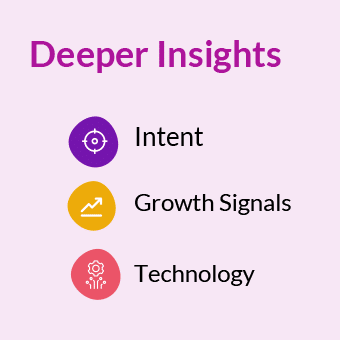
Having signals and account-level data that provides insights into a businesses intent, growth, and customer voice means they can better understand and segment their account lists with more relevant content and conversations that accelerates the buying journey towards a purchase.
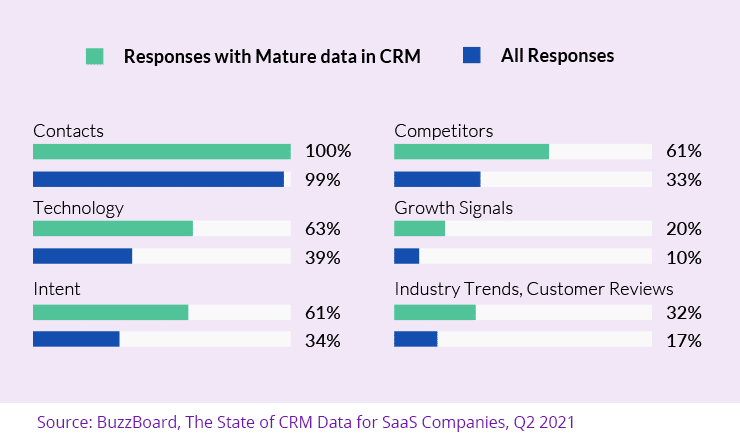
Having signals and account-level data that provides insights into a businesses intent, growth, and customer voice means they can better understand and segment their account lists with more relevant content and conversations that accelerates the buying journey towards a purchase.
Account Insights Fuel Personalization
This is mostly due to the fact that traditional marketing approaches, along with all the tools and technology that support them, focus on targeting an individual—a lead or contact within a company. However, this leads to understanding who to target, but doesn’t tell the sales or marketing team why to target them—leading to 40% of all media spend being wasted according to a study by Commerce Signals. This is mostly because revenue leaders are depending on sales and demand generation teams to sort through, score, and qualify hundreds of thousands of leads to find any value in them.
To respond to this shift in buying behavior, B2B marketing teams, and B2SMB teams, are now shifting to an account based marketing (ABM) approach. This is different in that you start with identifying companies that are your ideal customer first, then develop content and campaigns that are specifically targeted to the main buyer personas within those companies. ABM is more efficient because you target specific accounts instead of broad key terms. And for those companies that are adopting this approach, campaigns deliver a higher ROI for 87 percent of marketers.
Although promising, the key to unlocking this level of personalization and modern go-to-market approach starts with knowing which accounts to target first, then identifying the right contacts. It requires a shift from lead-based or MQL (marketing qualified leads) thinking to a narrower engagement of key accounts.
Although this reduces the number of contacts in the sales team’s target list, this more focused, personalized, messaging to these “best fit” accounts results in a higher ROI compared to more traditional mass-marketing approaches.
However, identifying the right accounts is one of the biggest challenges to adopting ABM because of the problem in obtaining the right data and insights at the account level. In fact, a new report from Brandwatch revealed that B2B brands are potentially missing out on over 70,000 sales opportunities per year. This is a potential $36bn in missed revenue. Conversations and engagements are happening all around the internet, but the majority of organizations only have insight into what’s in their database, not the potential customers within their total addressable market.
Identifying the right accounts is built on data and analytics. These are driven by enormously powerful tools and processes developed in just the last few years. These include:
- Powerful bots that can see deep into an businesses technology stack, including SMBs
- The capability to draw down massive amounts of second and third party data
- The processing power to match up the data elements
- AI-based analytic tools to make sense of the data, and extract the needed information to personalize customer conversations
Deeper Insights Identify that Accounts that Matter to your Business
BuzzBoard takes a different approach to help more B2SMB organizations make the shift to account-based marketing with our AI-driven intelligence engine tuned specifically to SMB needs, triggers, and behaviors.
We’ll analyze your list of customers and use our combinations of 6,400+ signals from hundreds of sources to build an ideal customer profile (ICP)—all of which takes just a few seconds. BuzzBoard will apply your unique ICP filter against our vast SMB database to generate a list of accounts that matter. This high-value account list with AI-sourced, human-verified contacts and needs-based insights enriches your CRM monthly, keeping it accurate and clean. With deeper insights on each account around their growth, usage, adoption, and spend, you can start to create personalized stories that resonate with your customers.
Hopefully now you understand the importance of investing in insights when trying to improve the data quality that lives in your CRM. Stay tuned for key #2 as we discuss the importance of keeping your data clean and accurate to improve quality.

